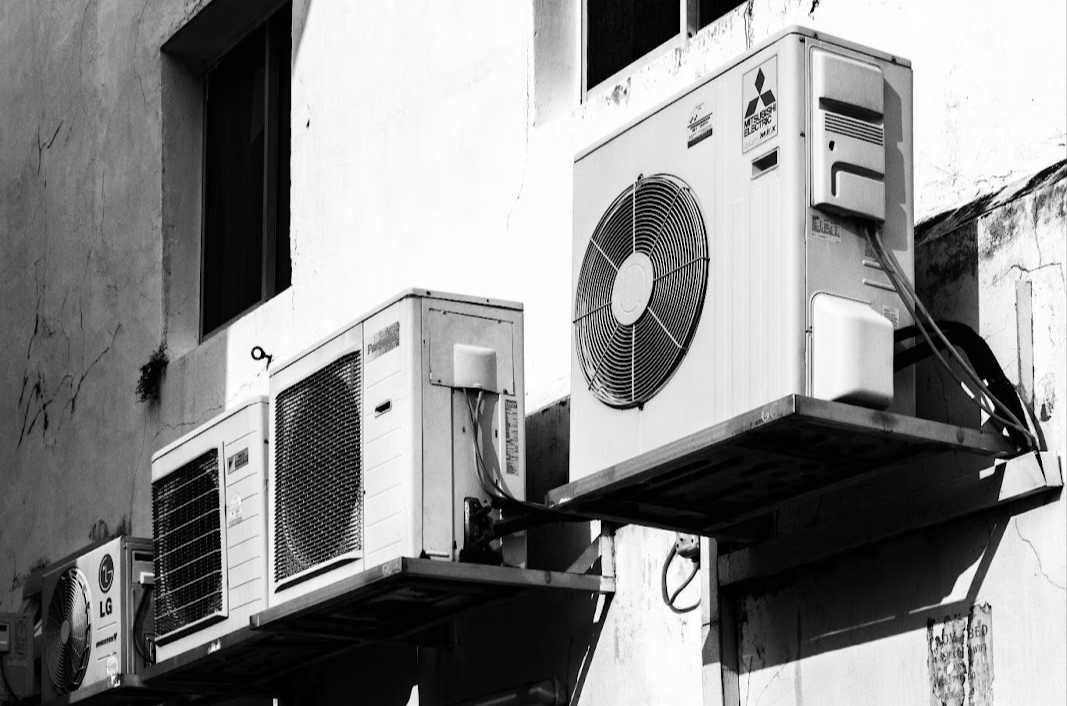Sick Building Syndrome - The Silent Threat
People in the United States spend a lot of time indoors. Between their homes, vehicles, and workplaces, it’s estimated that the average person spends...
Floor, wall and ceiling mounted to meet your unique project design.

What is the value of human health in office buildings? In 2016, Dodge Data issued a 76 page report titled “The Drive Toward Healthier Buildings.” In this report Dodge Data discovered that 75% of building owners wanted to improve employee and tenant satisfaction through investing in healthier buildings.
The problem? Only 68% of architects, 51% of contractors, and only 41% of designers polled, saw this as a top priority for their clients.
And in this report architects, contractors and building owners were asked, which healthy building features they believed would experience an increase in the next few years.
What do you suppose their response would be today?
The most popular methods being proposed to developers and owners to accomplish their objectives of improved air quality and thermal comfort are improved filtration, Dedicated Outdoor Air Systems (DOAS), and humidity control. While useful and important, these strategies primarily only improve air quality before it’s introduced into the occupied space - and that only represents part of the overall air quality picture.

Consider the US’s most widely installed mechanical system - Overhead VAV. Since the 1970’s it's been installed in over 80% of the Class A & B office buildings in the US, and continues to be specified.
Overhead VAV delivers conditioned air from the ceiling in a turbulent, high velocity profile designed to mix clean supply air with polluted warm air at the ceiling. (It’s components aren’t very attractive so they are usually hidden by a ceiling tile system).
Overhead systems are designed to fully mix (dilute) all the air in the open office from all the occupants - and according to the 2020 US Workplace Survey by Gensler over 60% of office workers work in some degree of an open office environment.
This begs the question...Why do we mix and dilute the very air we spend effort cleaning, with the airborne particles that are most dirty?

Research shows that airborne droplet nuclei can remain suspended in air and can be circulated throughout rooms by the air distribution system – but what happens to the airborne droplet nuclei before they get drawn into the return system and back to the air handling unit to be filtered?
In an overhead supply system, they move around (less so when humidity levels are maintained between 40%-60%) – from person to person and within the open office. Data is showing that these viruses containing droplets can live in aerosol for 30 minutes up to 3 hours.
Previous research provides that other airborne viral particles can be directly deposited and resuspended due to natural airflow patterns, mechanical airflow patterns, or other sources of turbulence in the indoor environment - such as foot fall, walking and thermal plumes from warm human bodies.
Overhead air systems = turbulence = well mixed room (this isn’t by accident, it’s by design).
The good news? There’s a better way.
There is a different type of mechanical system that delivers air from an 8” raised floor in a low velocity, low turbulent way that provides a far more personal air environment and takes advantage of stratification (separation) – it’s proven and is ready to accept the challenge (and is less expensive to build than overhead systems).
While Underfloor Air Distribution Systems (UFAD) have been installed in over 175MM sqft of office buildings in the USA during the past 25 years, this only represents about 10% of all new office buildings that have been delivered during that time.

We have missed out on an incredible opportunity to make our workspaces healthier and safer.
Owners and developers - do you believe that commercial tenants in the future will demand far better air quality in the space they rent? And what will your response be when they ask how you will accomplish this?
Architects and engineers - are you educated in UFAD systems and how they can improve the built environment?
Corporate real estate executives - how much do you value the human health of your office employees?
And finally, mech contractors - are you ready to embrace this technology?
At AirFixture, we assist architects and engineers in designing UFAD systems that lower their client’s long-term building operating costs and improve occupant health. Contact us today to see how you can leverage underfloor systems to make your properties more health-conscious and profitable.

People in the United States spend a lot of time indoors. Between their homes, vehicles, and workplaces, it’s estimated that the average person spends...
Indoor Air Quality Directly Impacted by Floor Air Distribution

Designing an HVAC system for commercial buildings, public spaces, or other industrial applications is a complex process. Architects and mechanical...